Many cacti are associated with desert, hot sun, rocky terrain and constant drought, which leads to a large number of errors in the care of these plants. In addition, each individual species has its own characteristics and requires certain conditions of detention. In fact, everything is not so complicated, and any cactus can become a real decoration of a home if you study the species of these indoor plants and find out what climate and conditions are typical for the homeland of a particular cactus before buying.
Content
The homeland of cacti and the history of growing a room flower
The existence of cacti is mentioned in Aztec times: scientists discovered images of plants similar to cacti on rocks. Such cave paintings, according to experts, appeared 50 million years ago.
Scientists have discovered that the Aztecs used the plant for treatment, consumed it, and also used it in rituals to communicate with the other world. Experts say that since ancient times this species has not undergone significant structural changes. Ancient varieties are called melocactus, prickly pear and cereus.
In addition, in ancient Greece there were plants of small sizes with thorns, which were called "cactos". The plants got their modern name thanks to Karl Linnaeus, who brought a new species from America to Europe in the 16th century. At the same time, the first cactus collection by pharmacist Morgan was collected and exhibited in London. And in 1958, Theodore Tabernemontanus published a book with a detailed description of the varieties of cacti.
The first mention of the place of origin of cacti dates back to the 16th century. It was at this time that information appeared about unusual plants in South America. It is the South and North parts of America that are considered the birthplace of this, now also indoor, plant.
Since the first mention, these plants have adapted to living conditions on different continents. The main feature of this species is its ability to live without water for several years due to its ability to store moisture. The water supply inside the flower’s body is created by synthesizing the juice of the mucous structure.
In addition, plants have a special leathery shell that minimizes moisture evaporation in hot conditions. There are also subspecies - epiphytes that live in forests with constant rain. In the wild, cacti are large and can form whole forests.
Popular types of cacti
Cacti from the moment of discovery have gained wide popularity and spread throughout all the continents, in connection with which 4 large families were formed:
- Opuntia cacti are considered one of the most numerous families, which have about 16 genera and 500 species. Their distinguishing feature is the presence of glochidia - this is a small spine with a hook-shaped point at the end, which, when in contact with an object, easily clings to it.
Such a mechanism ensures the distribution of the species and its reproduction. Succulent stems and reduced leaves in the upper part of the plant also belong to the distinguishing features of this family. The flowers of Opuntia have bright saturated diverse shades. Each species blooms individually; some representatives may flower throughout the year, and some only in the summer, or not at all.
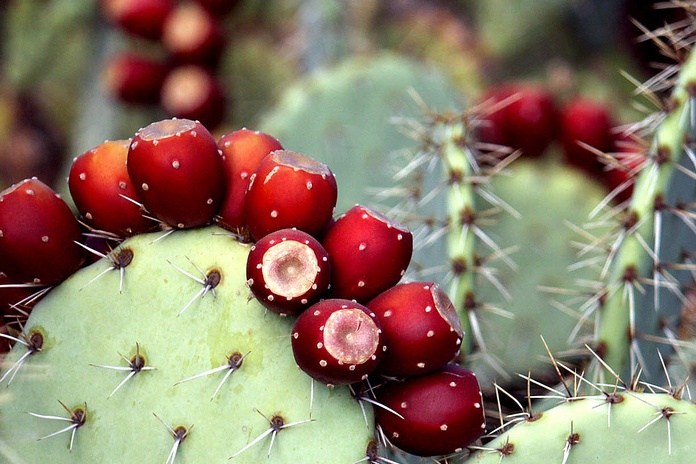
Prickly pear In place of flowers, large round fruits are formed, completely covered with thorns. Inside, the fruits are soft and juicy, contain seeds. With proper collection, they can be eaten. Opuntia fruit is often called a prickly pear. Opuntiaceae are widely distributed in Canada, the USA, Western India and Patagonia.
- The Mauchienites are a subfamily native to Pantagonia. Previously, this family belonged to the Opuntia, but after lengthy research, it was decided to separate them in a separate category due to significant differences. Maukhinovye have only 2 species.
Cactus shoots have a cylindrical shape, on which leaves of small size are located. The bodies of cacti of this family grow rapidly, forming dense thickets. Maukhienovye easily tolerate low temperatures and can grow in a pot outdoors all year. A distinctive feature of the family is the lack of flowering.
- The Pereskiev family has 8 species and 4 subspecies. The peculiarities of the family is that individuals grow from 1 to 8 m in height. Some species can grow up to 10 m. The stem of such a cactus is woody in the lower part and densely covered with thorns. The leaves are round, elongated, fleshy, arranged alternately on the stem, attached with a small petiole. During periods of drought, the leaves fall off.
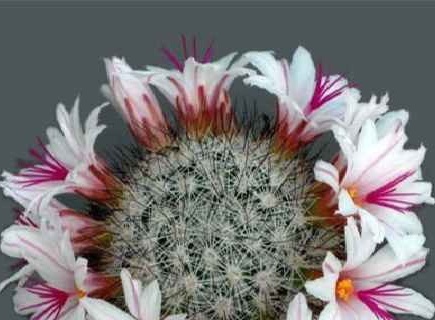
Pereskia On the top of each shoot are flower stalks. They can be spiky, or represented by single flowers. The color is varied. In place of the flower, edible, berry-like fruits are formed. Representatives of the Pereskievs grow in southern America, Western India and Mexico, where the tropical climate prevails.
- The Cactus family combines all the remaining species. A distinctive feature of this family is the complete absence of leaves or the presence of their rudiments. Unlike opuntia, there are no glochidia on cacti. The vegetative part has a spherical or cylindrical shape.
The family includes some types of epiphytes, which have a trunk in the form of lashes, as well as xerophytes, the form of which varies widely. They inhabit the southern part of America and the western part of India, and are widespread as ornamental indoor plants.
 You may be interested in:
You may be interested in:Rare and exotic species
In addition to widespread representatives, there are also those that are rare and have an unusual appearance.
Navajoa is a flower native to the United States, which is divided into 3 species. Its main features are considered to be a wide green stalk with a blue tint, on which cylindrical papillae are located. The flowers are small, without tube.

Encephalocarpus is a flower native to Mexico, which in appearance resembles a cone of a conifer. The stem has a rounded shape, about 10 cm in height. At the top there is a pubescence of white villi. On the stem there are papillae arranged in a spiral fashion. There are about 10 thorns, the flowers are small, appear on the top of the head.
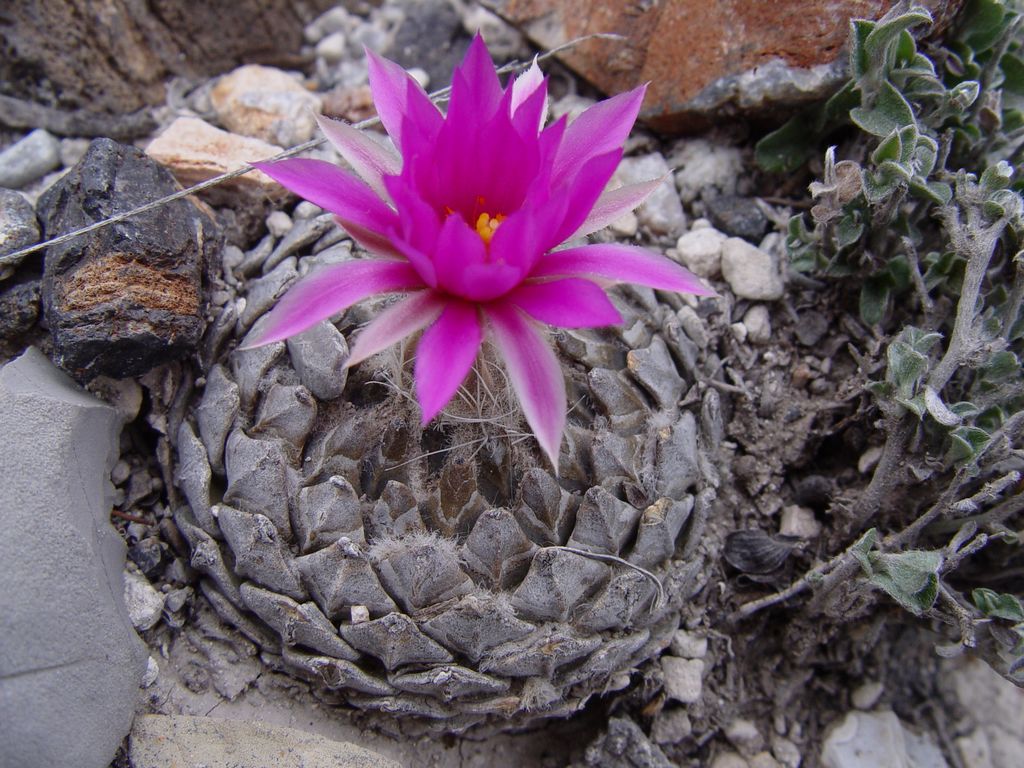
Creating natural conditions for indoor cacti
Despite the fact that the flowers come from America and they are adapted to droughts, it is necessary to know some nuances in the care in order for the plant to bloom regularly and not hurt.
Lighting and temperature
In a warm period of time, it is advisable to put plants on a loggia, a veranda.
These plants love a large amount of light, so it is recommended that they be placed on window sills on the sunny side of the house, and in low light use lamps. Experts recommend giving preference to southern and eastern windows.
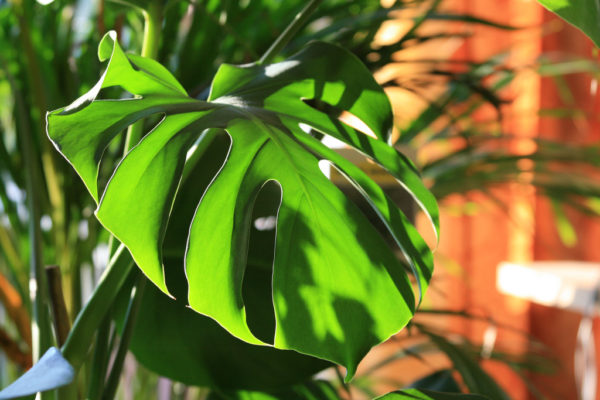 You may be interested in:
You may be interested in:Watering and feeding
Watering the flowers is recommended by melt or rain water. If this is not possible, then it is necessary to give preference to filtered water. In spring and summer, they are watered daily or every other day. In autumn, watering is reduced to once every 7 days, and in winter, one watering in two weeks will be enough for a plant.
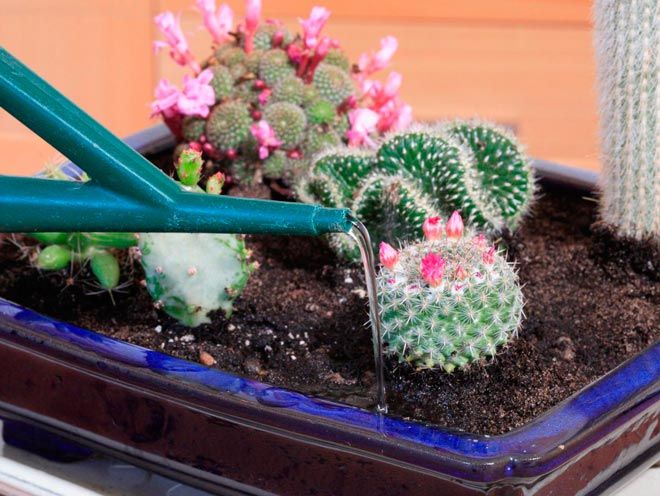
For top dressing choose fertilizers with a high content of nitrogen, potassium, phosphorus and calcium. Top dressing is carried out during the growth period, that is, in spring and autumn. Experts do not recommend fertilizing plants with damaged roots.
Transplantation and reproduction
When transplanting, it is very important to choose a pot by size. To do this, remove the flower from the container and look at the size of the root system. It is from her that the size and shape of the pot will depend. It is not advisable to buy metal containers, since corrosion processes can affect the condition of the flower.
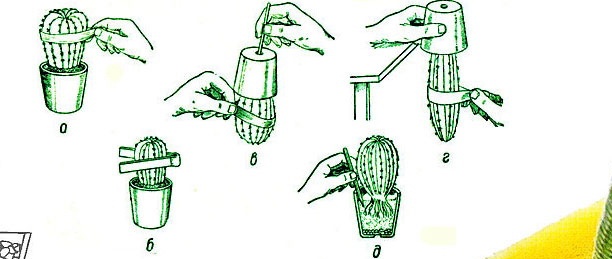
The soil should contain sheet, old greenhouse, turf and clay soil, humus, sand and chopped charcoal. In addition, the acidity of the substrate should not exceed pH 6.0. The pot must have drainage holes so that excess water does not stagnate during irrigation.
The most common is the method of propagation by cuttings and children. To do this, the baby or the handle is disconnected from the mother plant and disinfected. The process is placed in a container of water. When the roots appear on the shoot, it is dried for several days and rooting begins. For this, a substrate with a high sand content is prepared and a process is planted without filling the neck. For several days, put the pot in a cool dark place. After rooting, the young flower is "accustomed" to normal conditions.
Diseases and Pests
The most common diseases of fungal origin are wet and dry rot. The disease initially almost does not manifest itself, as it develops from the inside and gradually moves to the outside. The disease occurs due to excessive watering. For treatment, damaged areas are cut off, and the plant is treated with fungicides.
Of the parasites, a spider mite, nematodes and mealybugs are often found. Their presence can be determined by the larvae and bugs on the vegetative part. For treatment, wide-spectrum insecticides are used.
Common questions
Most often, questions arise about the conditions of detention, such as in the homeland of the plant:
Cacti are widespread plants that are popular due to their unusual appearance and unpretentiousness in care. This genus is diverse and widespread as a room decorative flower.

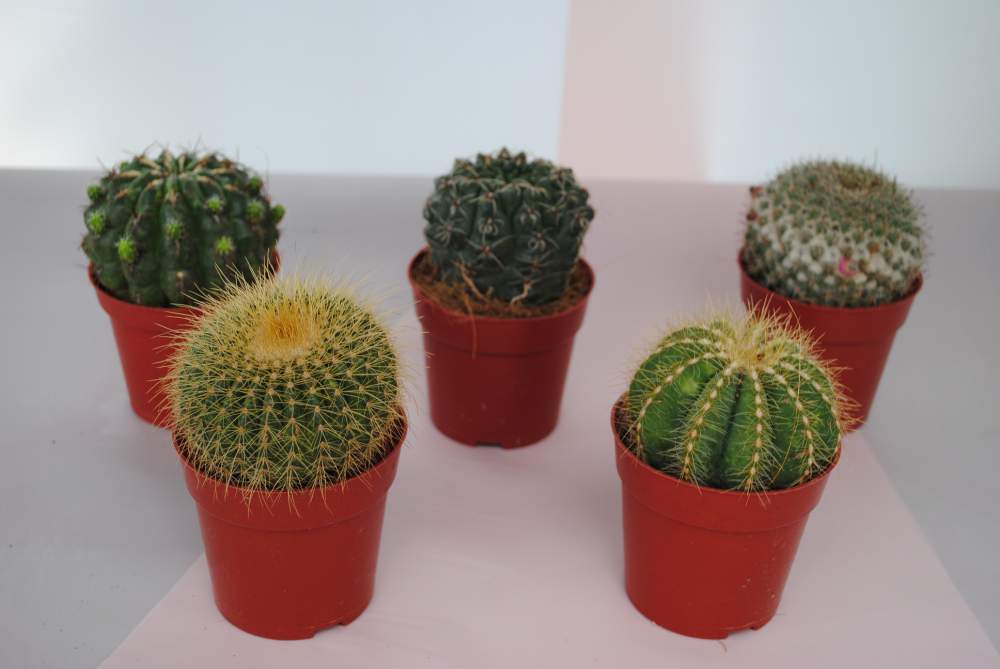

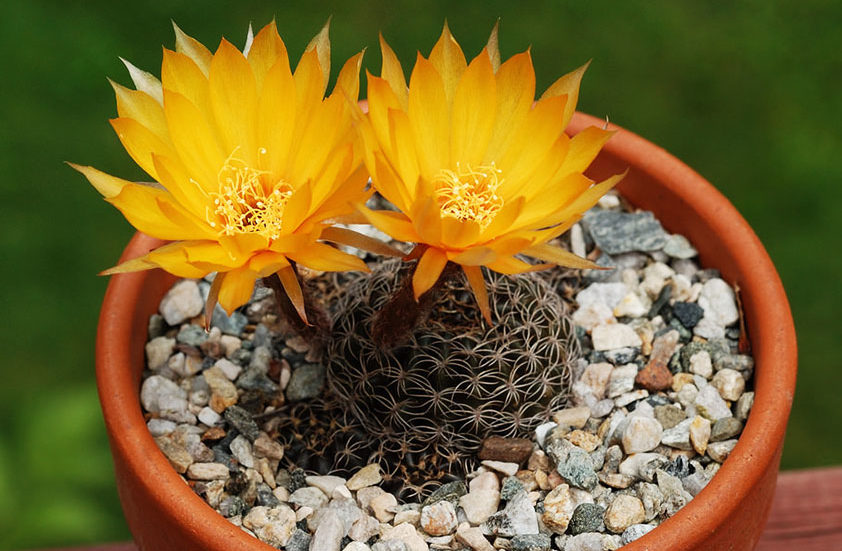
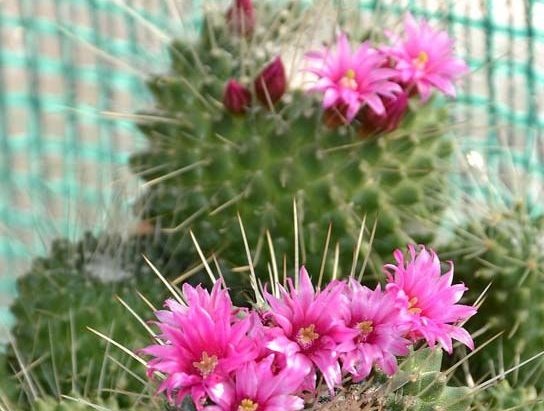
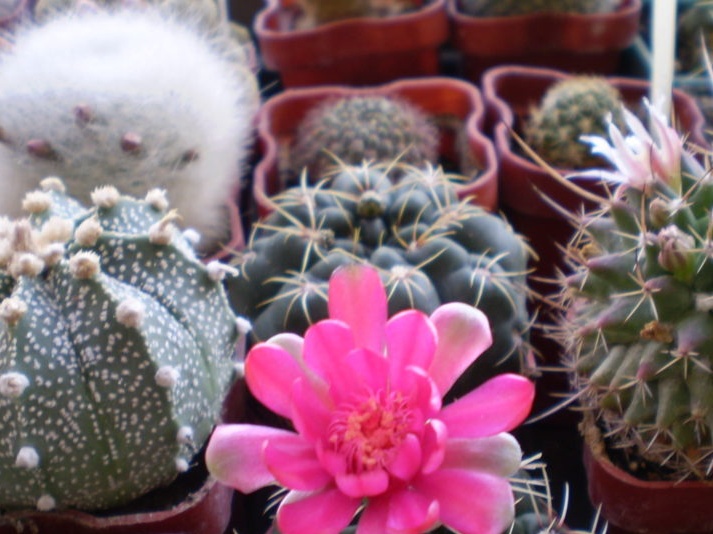
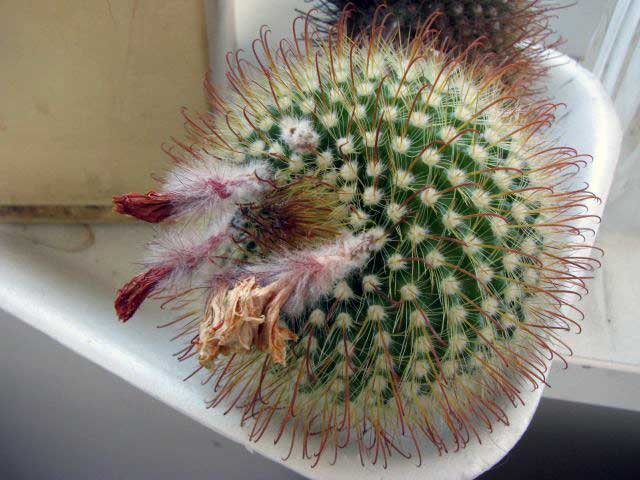
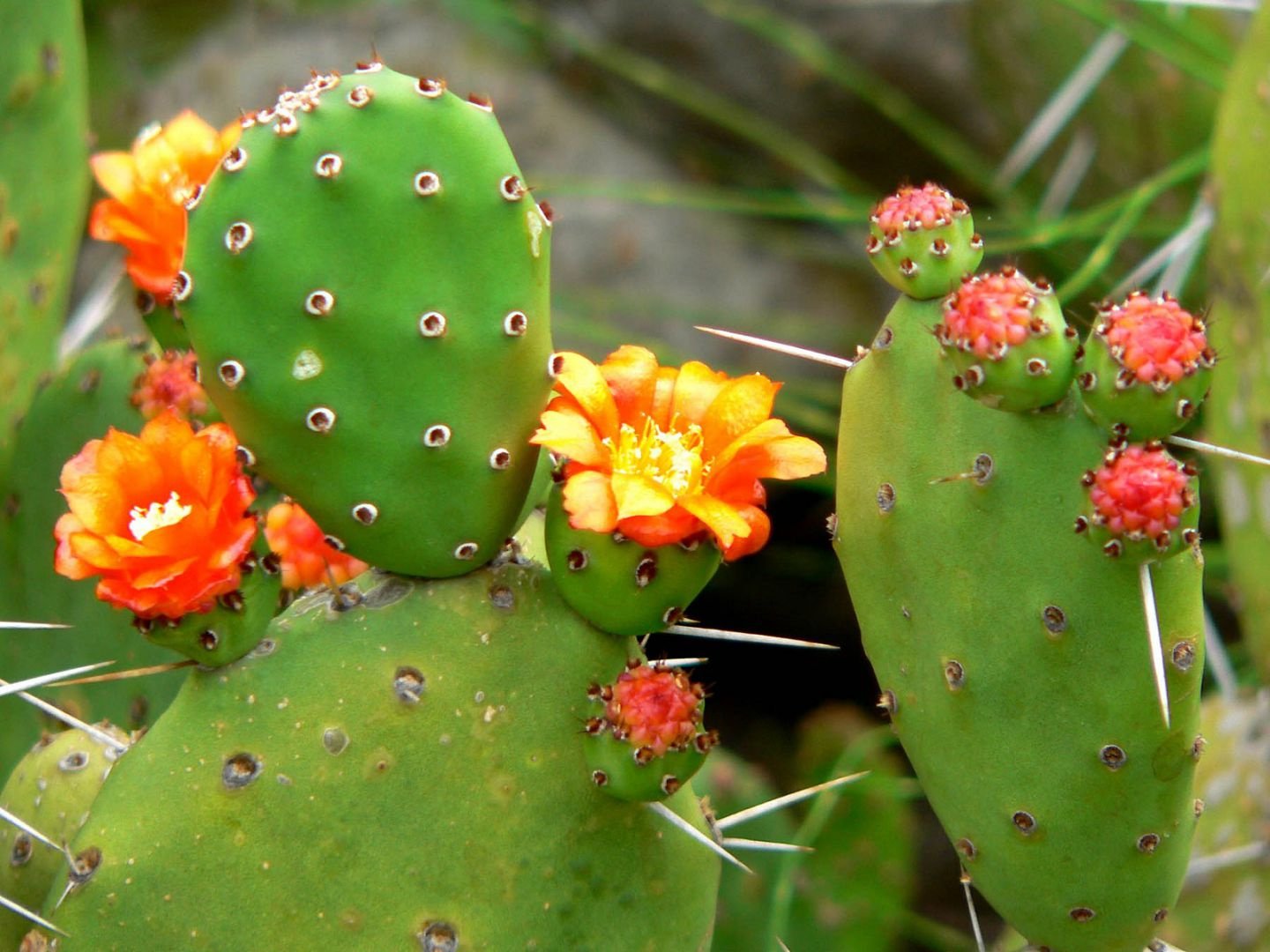
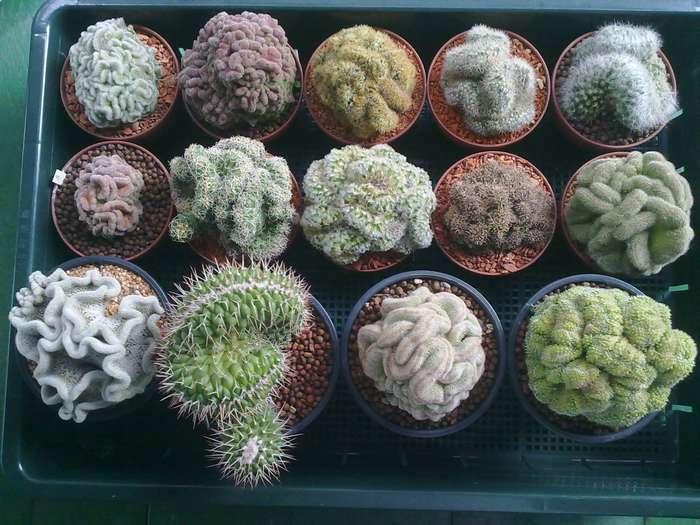

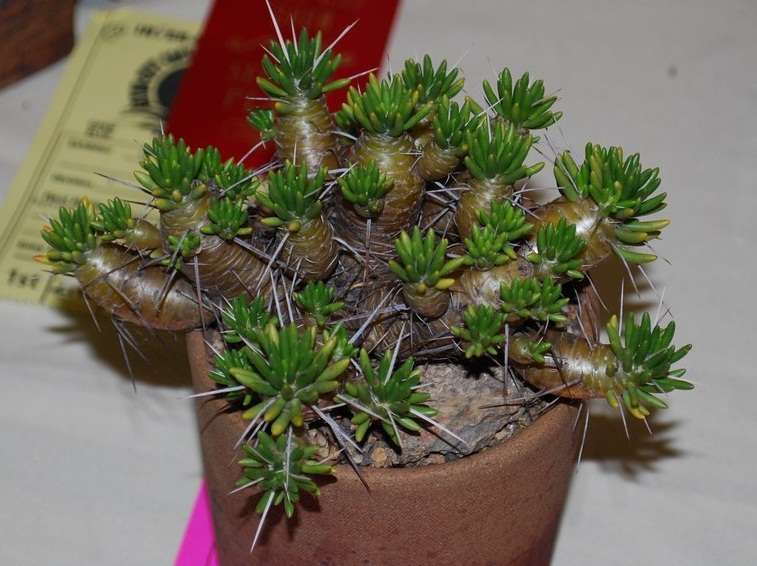
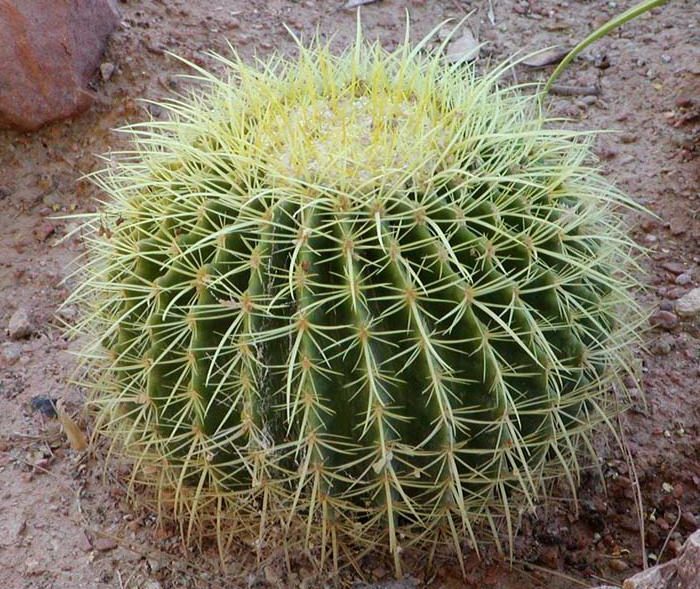
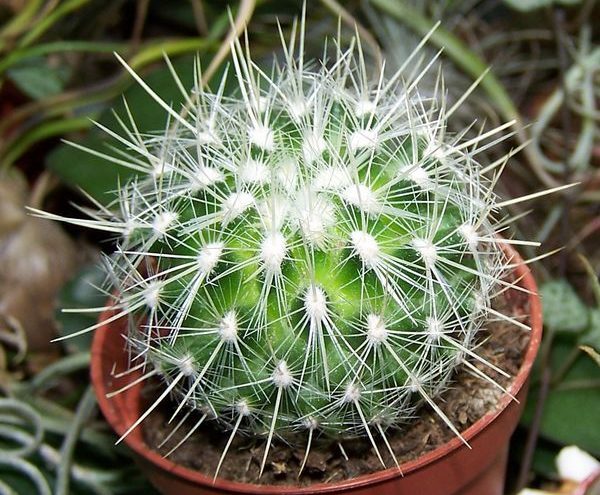
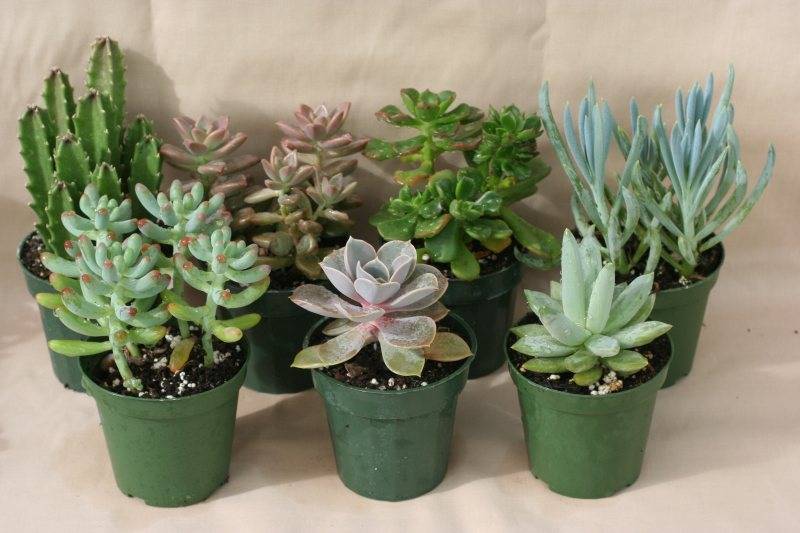

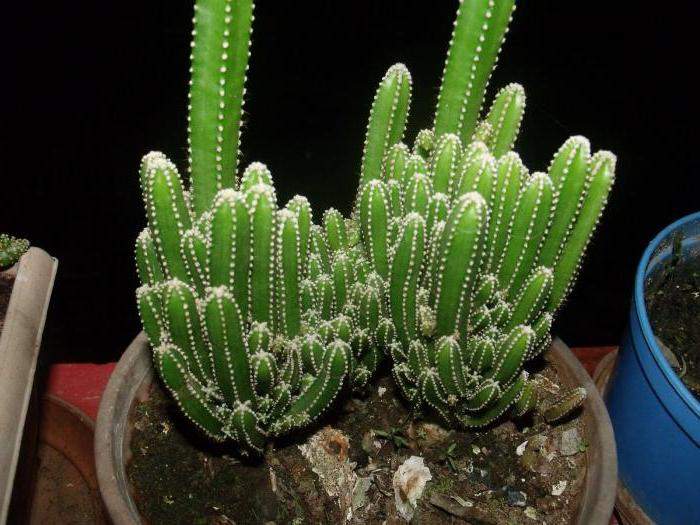



 10 beautiful annuals that bloom all summer
10 beautiful annuals that bloom all summer Sow in the ground, without seedlings: 10 beautiful and unpretentious flowers
Sow in the ground, without seedlings: 10 beautiful and unpretentious flowers Platicodon planting and outdoor care
Platicodon planting and outdoor care Hosta - planting and care in the open ground in the Urals
Hosta - planting and care in the open ground in the Urals